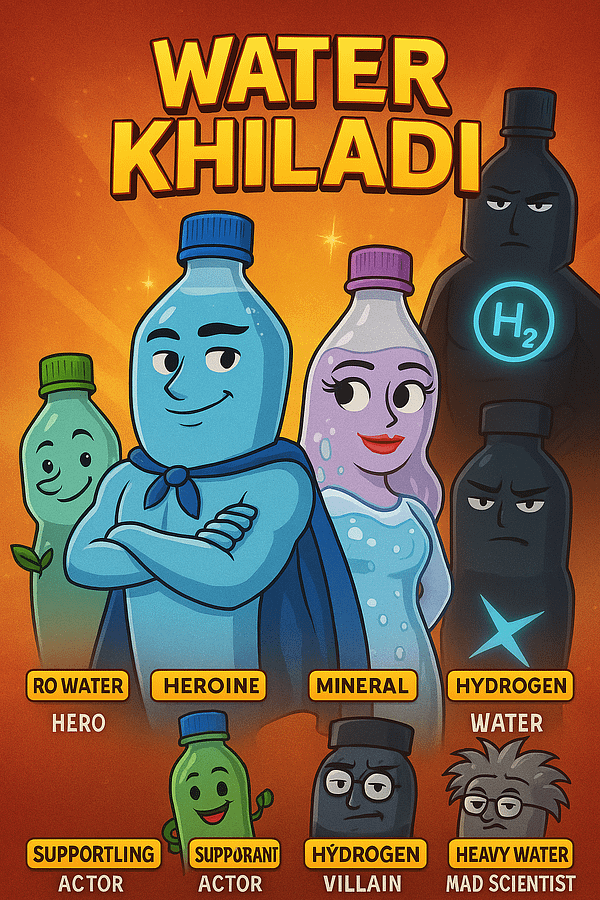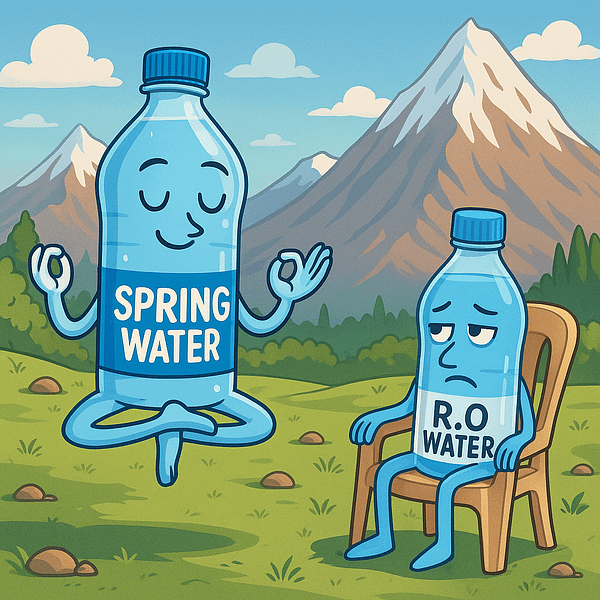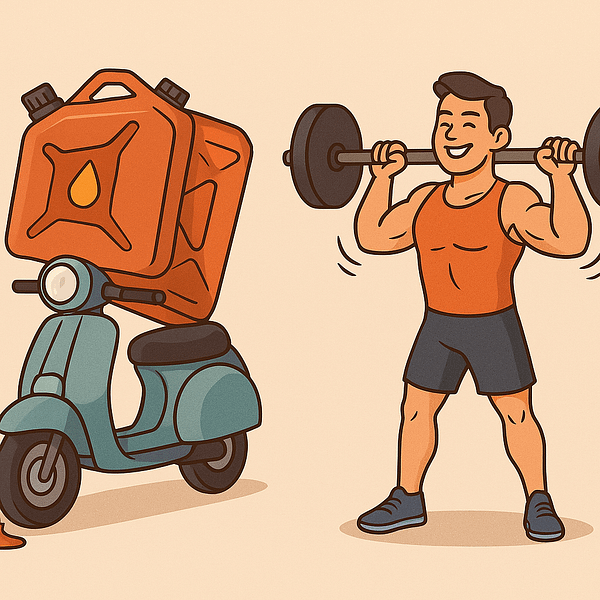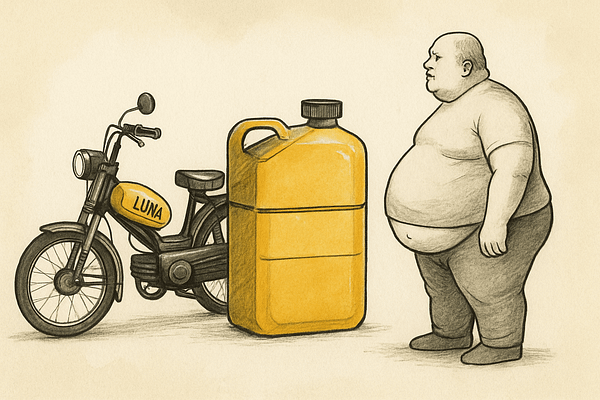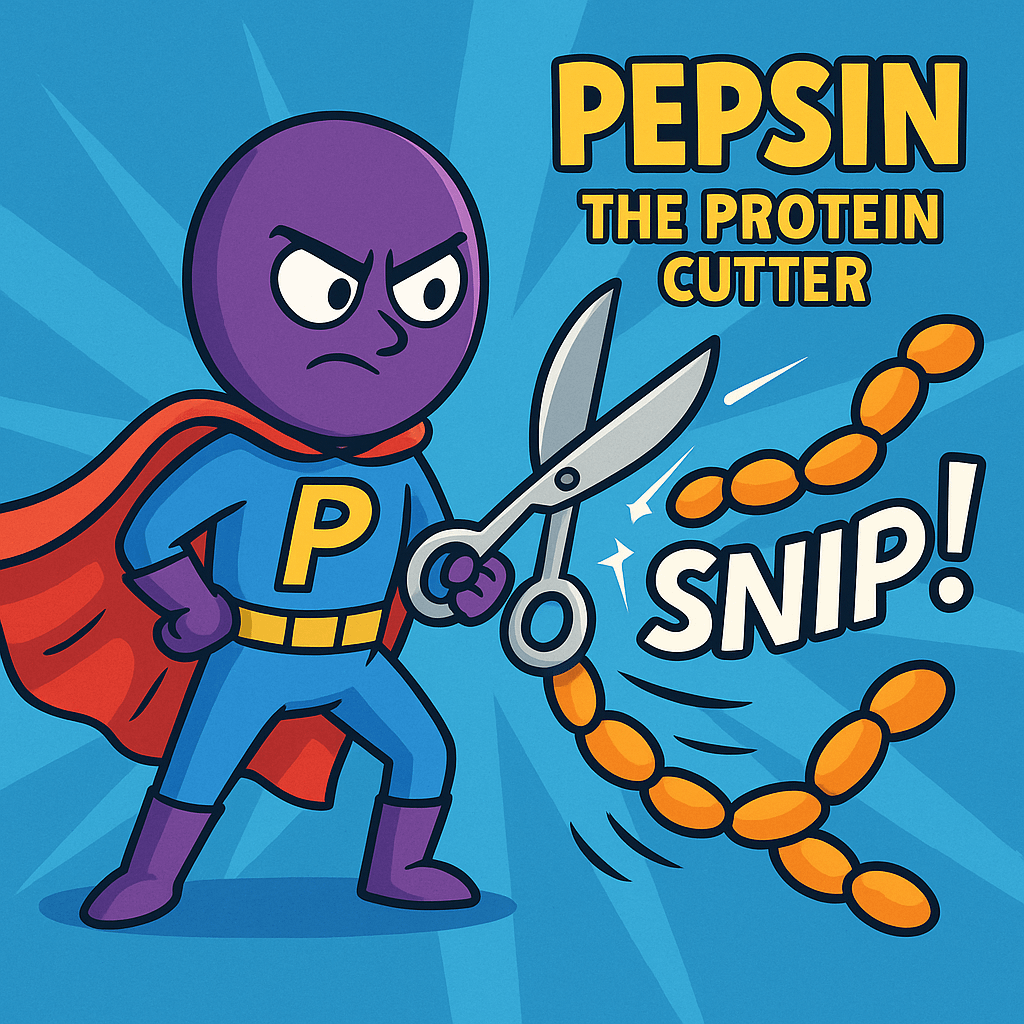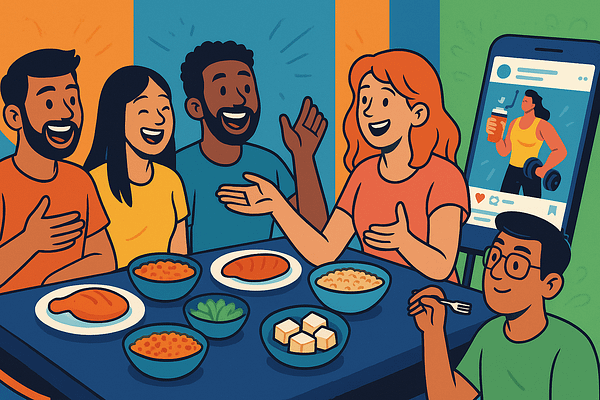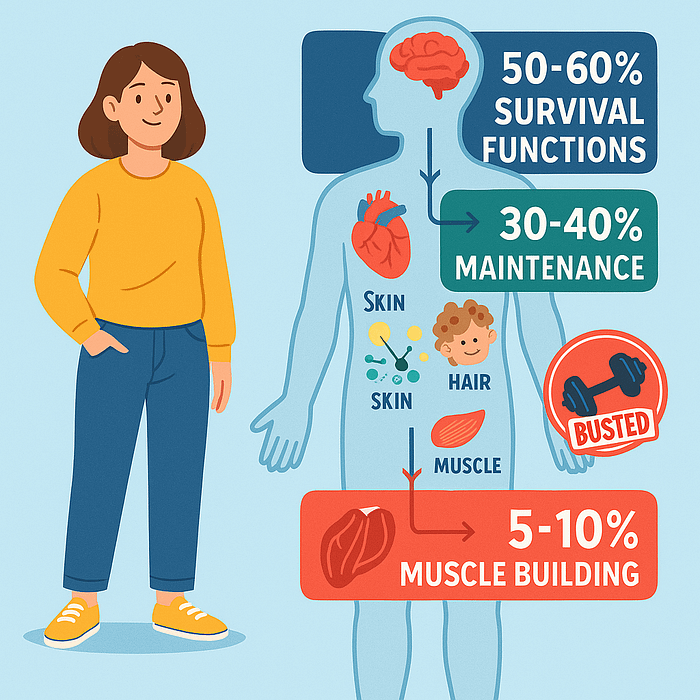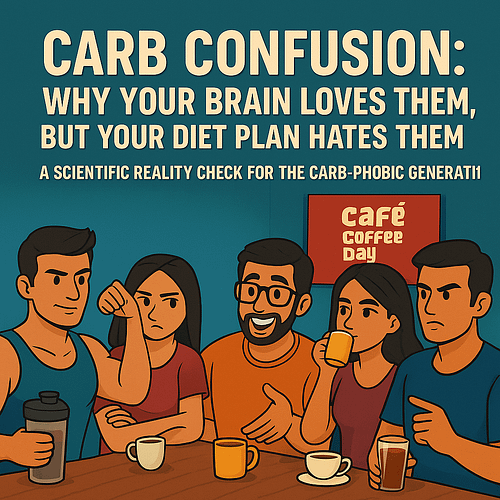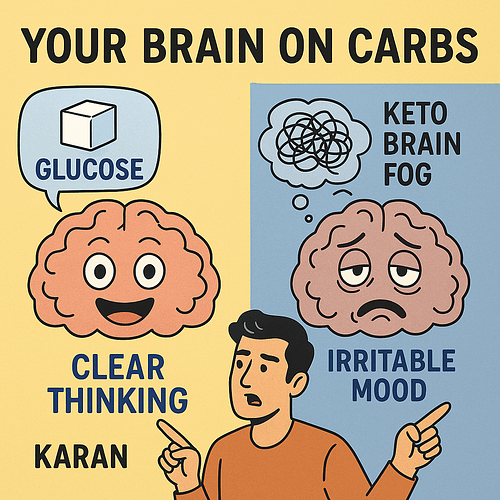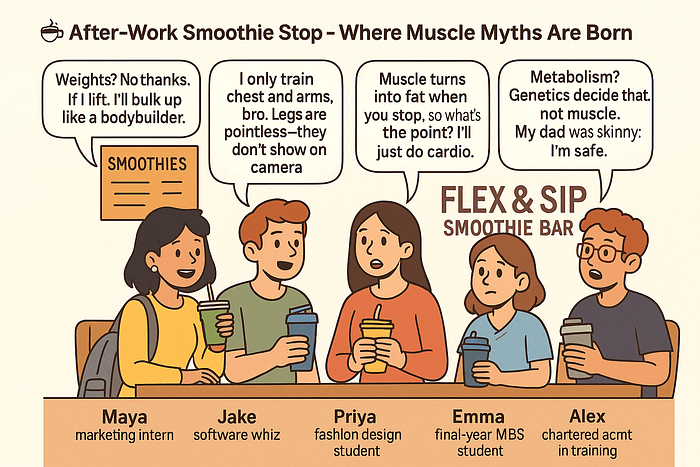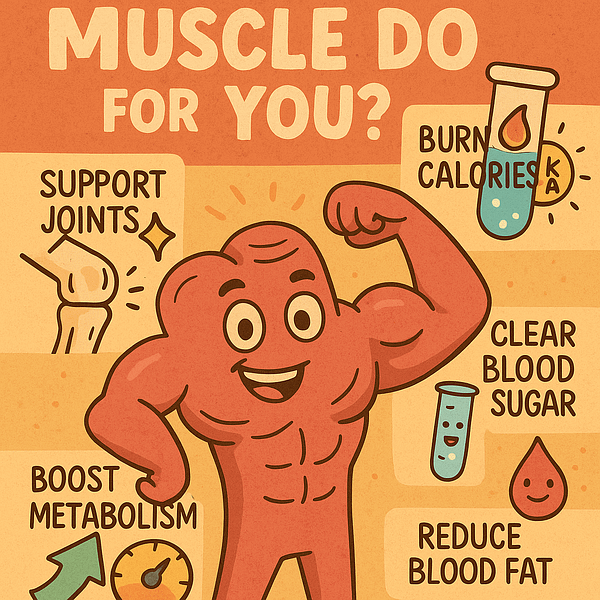💔 Heart Attack vs Cardiac Arrest: Your Heart’s SOS Calls Explained
💔 Heart Attack vs Cardiac Arrest: Your Heart’s SOS Calls Explained
The Coffee Shop Conversation That Could Save Lives
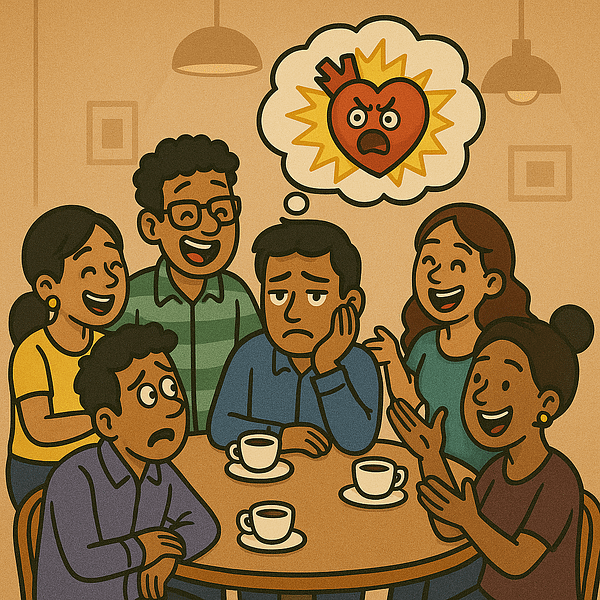
Neha: Bro, did you hear about that actor? Gym-going, clean-eating, looked totally fine—and then boom, heart attack!
Rahul: Ya, it’s scary. Like one moment you’re planning dinner, and next—flatline!
Aman: But wait… wasn’t that cardiac arrest? Or are they the same?
Kavya: Uff, people confuse the two all the time. It’s like calling a power cut and a short circuit the same thing.
Tanya (the bio nerd): Let’s clear it out today. Think of a heart attack as a mechanical fault. That’s for the mechanical engineers. But cardiac arrest? That’s pure electrical—straight out of an electronics engineer’s worst nightmare.
Sameer: So basically, if my heart fails, we blame two different engineers depending on the mode of failure?
Tanya: Spot on. Now, grab your chai. This is going to be shocking—literally.
🛠️ What’s the Real Difference?
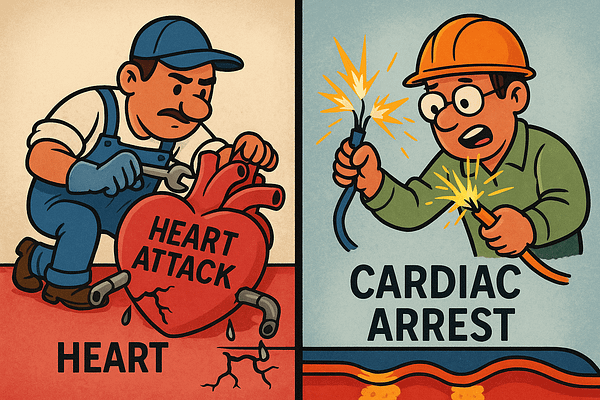
Think of your heart as a sophisticated machine with two main systems: plumbing and electrical. When these systems fail, they create entirely different emergencies.
Heart Attack: The Plumbing Problem
What happens: Blood flow to your heart muscle gets blocked, usually by a blood clot formed around cholesterol plaque buildup in your arteries.
The process: Your heart muscle begins to die from lack of oxygen. It’s like a traffic jam preventing essential supplies from reaching their destination.
Timeline: Can develop over hours, giving you time to seek medical help if you recognize the symptoms.
Cardiac Arrest: The Electrical Malfunction
What happens: Your heart’s electrical system malfunctions, causing it to stop beating effectively or stop altogether.
The process: Blood stops circulating throughout your body. Your brain and organs begin shutting down immediately.
Timeline: This is a medical emergency requiring immediate intervention—every second counts.
The Connection: While different conditions, a heart attack can sometimes trigger cardiac arrest, making the distinction even more crucial to understand.
Why Heart Attacks Feel "Sudden" (Spoiler: They're Not)

Heart attacks might seem to strike without warning, but they’re actually the culmination of a slow, silent process that can take years or even decades to develop.
The Hidden Timeline
Your arteries have been quietly collecting cholesterol, fats, and other substances, forming plaques over time. Think of it like sediment building up in old pipes. Eventually, one of these plaques ruptures, causing a blood clot that blocks blood flow to your heart muscle.
The Warning Signs We Ignore
- Mild chest discomfort during exertion
- Unexplained fatigue
- Shortness of breath during routine activities
- Occasional chest tightness
We often dismiss these as stress, aging, or minor ailments—until the “sudden” heart attack occurs.
Major Contributors to Heart Disease
When you smoke, the chemicals damage the inner walls of your arteries, making them sticky and prone to collecting cholesterol. It’s like creating tiny scratches on a smooth surface where dirt can easily stick.
Eating foods high in saturated fats and processed ingredients sends excess cholesterol into your bloodstream. Your liver tries to manage this overload, but when there’s too much, the extra cholesterol starts sticking to artery walls like grease in a kitchen pipe.
Living a sedentary lifestyle means your heart doesn’t get the regular workout it needs to stay strong. Meanwhile, your muscles aren’t actively consuming sugar for energy or using cholesterol for repair and maintenance, so these substances accumulate in your blood and have more opportunity to cause problems in your arteries.
High blood pressure is like having your garden hose on full blast all the time. The constant force damages your artery walls, creating weak spots where cholesterol can easily settle and build up.
Chronic stress releases hormones that make your blood stickier and more likely to clot, while also raising your blood pressure. It’s like your body is constantly preparing for an emergency that never comes.
When you don’t get enough quality sleep, your body struggles to repair the daily wear and tear on your blood vessels. Plus, poor sleep affects hormones that control hunger and blood sugar, creating a cascade of problems.
The Invisible Risk: You don’t need to “look unhealthy” to be at risk. Many people with normal weight still carry dangerous visceral fat around their organs and have significant arterial plaque buildup.
Exercise: Your Heart's Best Friend

Your heart needs two different types of exercise, and each protects it in unique ways:
Strength Training: Building Your Body’s Cleanup Crew
When you build muscle through resistance exercises, you’re creating a powerful metabolic machine. Muscle tissue actively consumes LDL cholesterol for repair and maintenance, literally pulling the “bad” cholesterol out of your bloodstream. Muscles also act like glucose sponges, soaking up blood sugar for energy and growth. The more muscle you have, the more efficiently your body clears these potentially harmful substances from your blood before they can stick to artery walls.
Think of muscles as your body’s 24/7 cleanup crew – they’re constantly working to remove the materials that could cause heart problems.
Cardiovascular Exercise: Strengthening Your Heart’s Plumbing
Cardio exercises like walking, swimming, or cycling work differently. They strengthen your heart muscle itself, making it pump more efficiently with less effort. This type of exercise also keeps your blood pressure in check by making your arteries more flexible and responsive. When your heart doesn’t have to work as hard to pump blood, there’s less wear and tear on your entire cardiovascular system.
Regular cardio also improves your circulation, ensuring that oxygen and nutrients reach every part of your body while waste products are efficiently removed.
The Perfect Combination
Strength training clears the harmful substances from your blood, while cardio keeps your heart strong and your blood pressure healthy. Together, they create a comprehensive defense system against heart disease.
The Good News: You don’t need to become a bodybuilder or marathon runner. Just 2-3 strength sessions per week plus 150 minutes of moderate cardio can dramatically reduce your heart disease risk.
Nutrition: Feeding Your Heart Right
Increase:
- Fiber-rich foods (vegetables, fruits, whole grains) to help manage cholesterol
- Healthy fats (avocados, nuts, olive oil, fatty fish) for arterial health
- Antioxidant-rich foods to combat inflammation
- Lean proteins for muscle maintenance
Decrease:
- Sodium intake to manage blood pressure
- Processed and packaged foods
- Added sugars and refined carbohydrates
- Saturated and trans fats
The Simple Truth: Your heart doesn’t need expensive supplements or detox programs—it needs consistent, balanced nutrition that reduces inflammation and supports healthy blood flow.
The Muscle-Heart Connection

Building and maintaining muscle mass isn’t just about appearance—it’s heart insurance:
How Muscle Protects Your Heart
- Metabolic Benefits: More muscle mass means better metabolism and blood sugar control
- Natural Medicine: Muscle tissue naturally helps lower cholesterol and blood pressure
- Insulin Sensitivity: Improved insulin function reduces diabetes risk
- Active Recovery: Muscles burn calories even at rest, supporting healthy weight management
The Modern Heart Attack Epidemic
Why Heart Attacks Are Happening Earlier
Heart disease is increasingly affecting younger people due to:
Dietary Changes:
- Higher consumption of processed foods
- Increased sugar intake
- Larger portion sizes
- More frequent eating out
Lifestyle Shifts:
- Sedentary jobs replacing physical labor
- Increased screen time and decreased movement
- Chronic sleep deprivation
- Higher stress levels
Environmental Factors:
- Air pollution
- Chronic stress from modern life pressures
Special Considerations for South Asians
South Asian populations face unique heart disease risks:
Genetic Predisposition
- Higher tendency toward insulin resistance
- Increased risk even at lower BMI levels
- Different fat distribution patterns (more abdominal fat)
Cultural and Lifestyle Factors
- Traditional diets high in refined carbohydrates
- Lower average muscle mass
- Rapid urbanization leading to lifestyle changes
- Cultural attitudes toward physical activity
Cardiac Arrest: When Every Second Counts

Recognizing Cardiac Arrest
- Sudden collapse
- No normal breathing
- No pulse
- Unconsciousness
The Life-Saving Response: CPR
Immediate Actions:
- Call emergency services (911 or local emergency number)
- Begin chest compressions immediately
- Use an AED (Automated External Defibrillator) if available
- Continue until professional help arrives
Why It Matters: CPR can double or triple survival chances from cardiac arrest. Don’t worry about doing it perfectly—doing something is always better than doing nothing.
Prevention: Your Best Defense
Daily Habits That Protect Your Heart
- Move More: Find activities you enjoy and do them regularly
- Eat Mindfully: Choose whole foods over processed options most of the time
- Manage Stress: Develop healthy coping mechanisms
- Sleep Well: Aim for 7-9 hours of quality sleep
- Stay Connected: Maintain social relationships and support systems
- Regular Check-ups: Monitor blood pressure, cholesterol, and blood sugar
When to Seek Medical Attention
Don’t ignore these warning signs:
- Chest pain or discomfort, especially during activity
- Shortness of breath
- Unusual fatigue
- Pain in arms, back, neck, jaw, or stomach
- Nausea or lightheadedness with other symptoms
The Bottom Line
Heart attacks don’t happen overnight—they’re the result of years of accumulated damage to your cardiovascular system. The good news? Most heart disease is preventable through lifestyle choices you can start making today.
Cardiac arrest, while more sudden and dramatic, often has underlying causes that can also be prevented through heart-healthy living.
Your heart beats approximately 100,000 times per day, pumping about 2,000 gallons of blood. It’s working tirelessly for you—isn’t it time you returned the favor?
Take Action Today
You don’t need to overhaul your entire life overnight. Start with one small change:
- Take a 10-minute walk after lunch
- Replace one processed snack with a piece of fruit
- Learn basic CPR (it could save a life)
- Schedule that overdue check-up with your doctor
Your future self—and your heart—will thank you.
💔 Heart Attack vs Cardiac Arrest: Your Heart’s SOS Calls Explained Read More »
